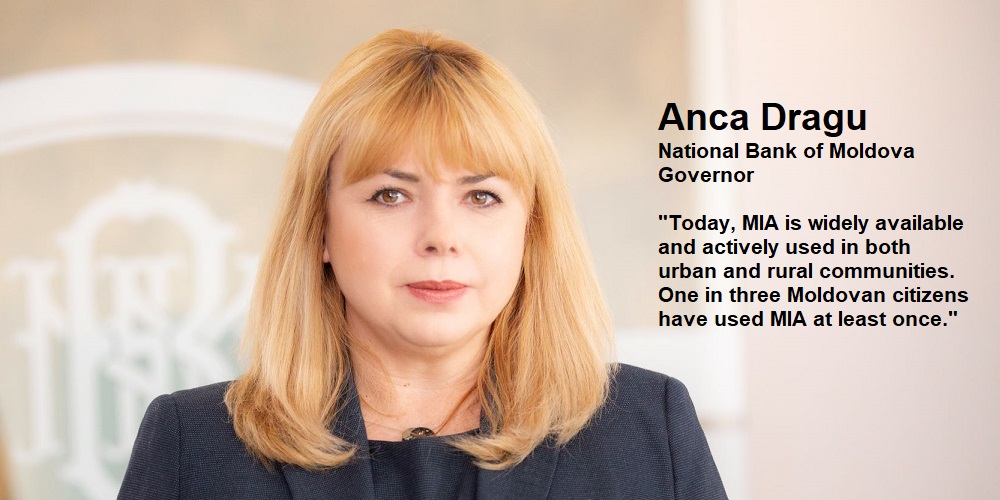
Starting October 6th, Moldovan consumers and businesses can now execute rapid, secure, and cost-effective euro transfers under the same terms as those within the EU. For instance, in 2024, approximately 830,000 euro transactions (11.8 billion euros total) were made via SWIFT to and from SEPA countries. This means that daily, around 3,200 transactions are conducted, with a total value exceeding forty-five million euros. These volumes highlight the growing integration of Moldova’s economy with the European financial system.
„The immediate economic impact is substantial: Moldova will save around twenty million euros from reduced fees and greater efficiency. The resources retained in the national economy may be redirected towards business growth and investment, fostering broader economic expansion and strengthening long-term financial resilience.” – said Anca Dragu, Governor of the National Bank of Moldova, in an interview taken by European Payments Council.
Moldova’s current payment landscape and recent notable changes
The 2024 launch of the MIA instant payments system enabled real-time transfers at very low or no cost. Using phone numbers as identifiers, the system allows peer-to-peer transfers through request-to-pay (RTP) functionalities or QR codes. This innovation has made daily transactions faster and more convenient for both individuals and businesses. Meanwhile, the introduction of Person to Government (P2G) payments has simplified and accelerated transactions with public institutions and authorities.
„Today, MIA is widely available and actively used in both urban and rural communities. One in three Moldovan citizens have used MIA at least once.” – the Governor explained.
Electronic payment methods have expanded rapidly in Moldova in recent years. In the first quarter of 2025, the value of cashless payments surpassed that of cash withdrawals for the first time in the country’s history.
Over the last five years, the number of cards has more than doubled. At the end of 2024, the number of cards issued by domestic PSPs amounted to 3.29 million. The average number of payment cards reached 1.5 per capita in 2024, an impressive milestone that brings the Republic of Moldova closer to the European area benchmark of two payment cards per capita. Virtual card adoption in Moldova is also rapidly increasing by 118.7 percent compared to 2023.
Currently there are six electronic money issuing companies. In 2024, they carried out three and a half million e-money payments or 147.8 million euros, registering a sharp rise of sixty-five percent year on year. By June 2025 there were 236,000 electronic money accounts with a total balance of 1.09 million euros. Active mobile and internet apps grew by 22 percent from 1.24 million to 1.52 million year on year.
Banking 4.0 – „how was the experience for you”
„To be honest I think that Sinaia, your conference, is much better then Davos.”
Many more interesting quotes in the video below: